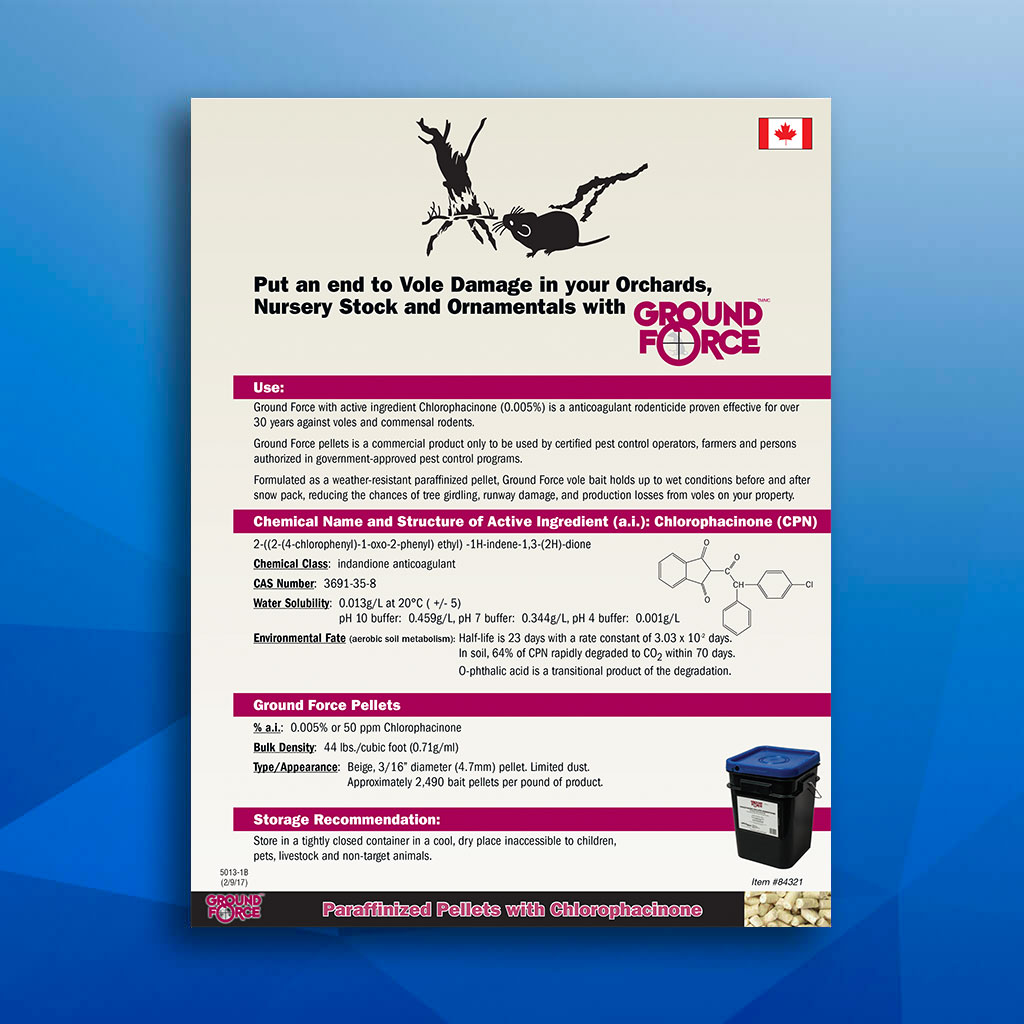- Countries
- Login
Overview
Voles can be found in every province in Canada. There are 12 species (Genus – Microtus) in Canada. Voles are frequently mistaken for shrews, field mice and deer mice. While similar, distinguishing features include longer, coarser hair, and a larger head size.
Vole Habitat
Voles can often be found in wild and landscape environments with rock structures nearby, as well as crop borders and irrigation ditch banks. Vole activity is more frequently visible during winter months and in the spring, immediately after snow melt. Voles cause economic damage in many areas, some of the more important of which include orchards, commercial nurseries, and ornamentals.
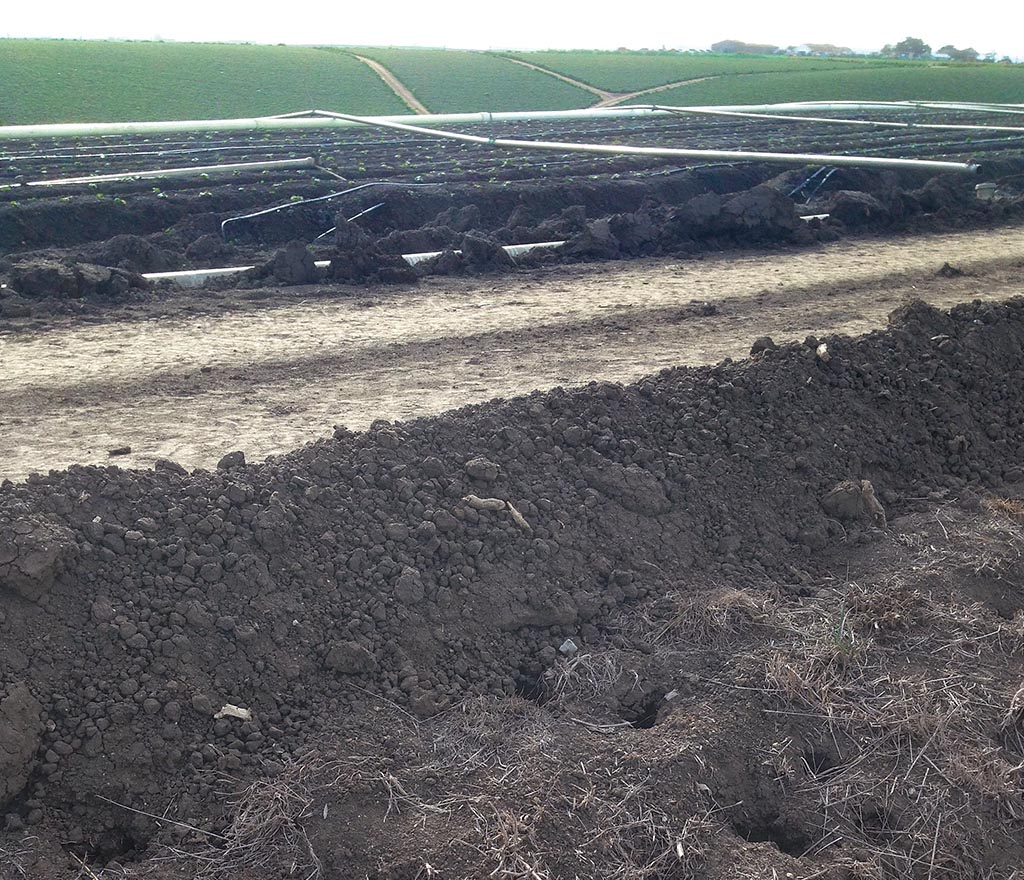
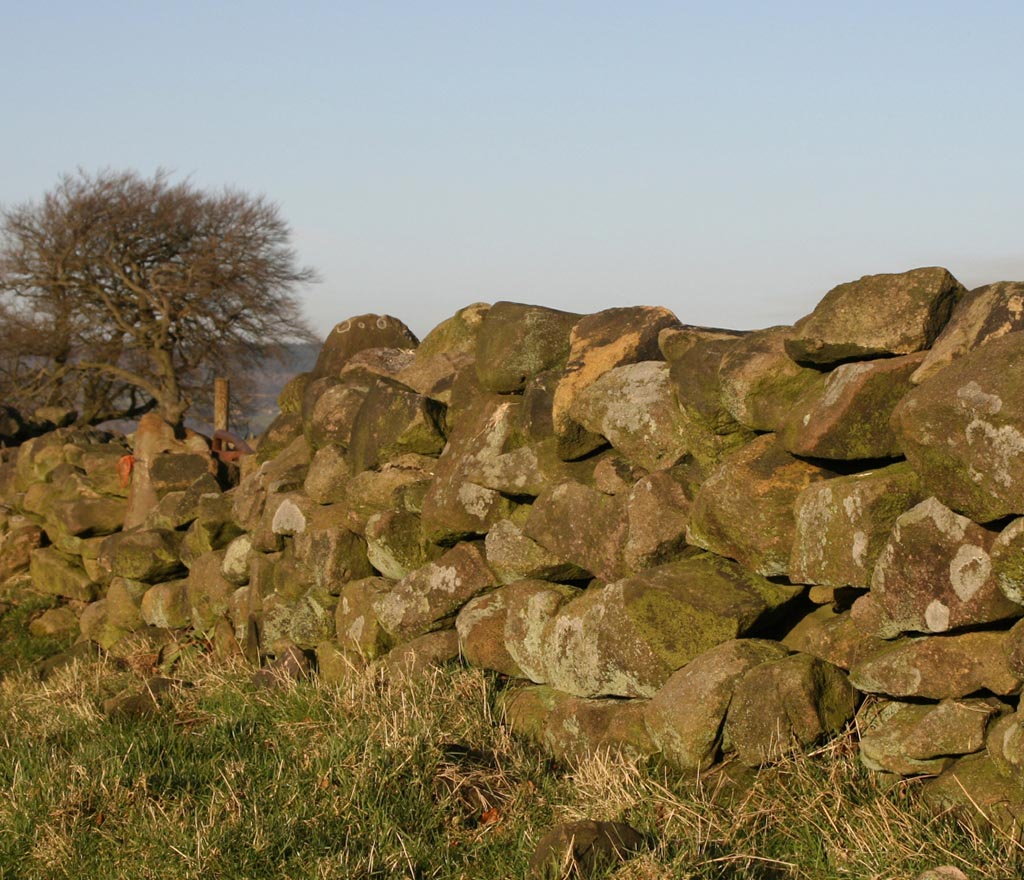
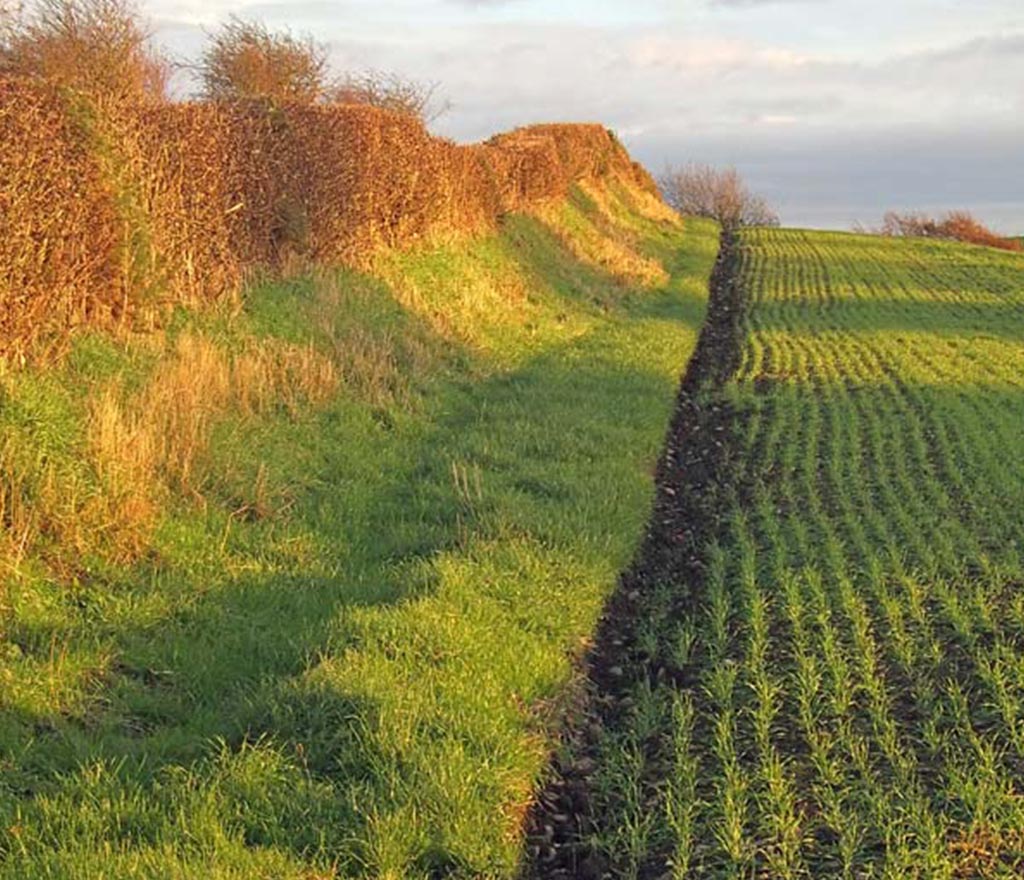
Damage
- Voles can cause extensive damage to orchards, ornamentals and tree plantings by gnawing on roots and on the bark of seedlings and mature trees (called girdling).
- Voles consume foliage, seeds, stems, bulbs and small roots, and girdle large roots, which disrupts the tree’s flow of nutrients and water. Voles can kill trees and smaller plantings, as well as cause foliage and production loss, and the onset of root disease by exposing vulnerable tissue and creating air pockets.
- Because it occurs underground, root damage is harder to detect. By the time weak, unhealthy trees are noticed, root damage is often extensive. Trees experiencing root damage from voles exhibit stunting and foliage reduction, resulting in production losses.
- In a study1 on McIntosh orchards in New York, vole densities of up to 400 per acre led to major production losses. During the second year, the highest vole population reduced fruit yield by 65.5% and increased undersized fruit from 3.1 to 57.5% – reducing income by $2,745 per acre.
1Effects of Differential Pine Vole Populations on Growth and Yield of McIntosh Apple Trees, Proc. Eastern Wildlife Damage Control Conference, 1987. Richmond, M.E., C.G. Forshey, L.A. Mahoffy and P.N. Miller.
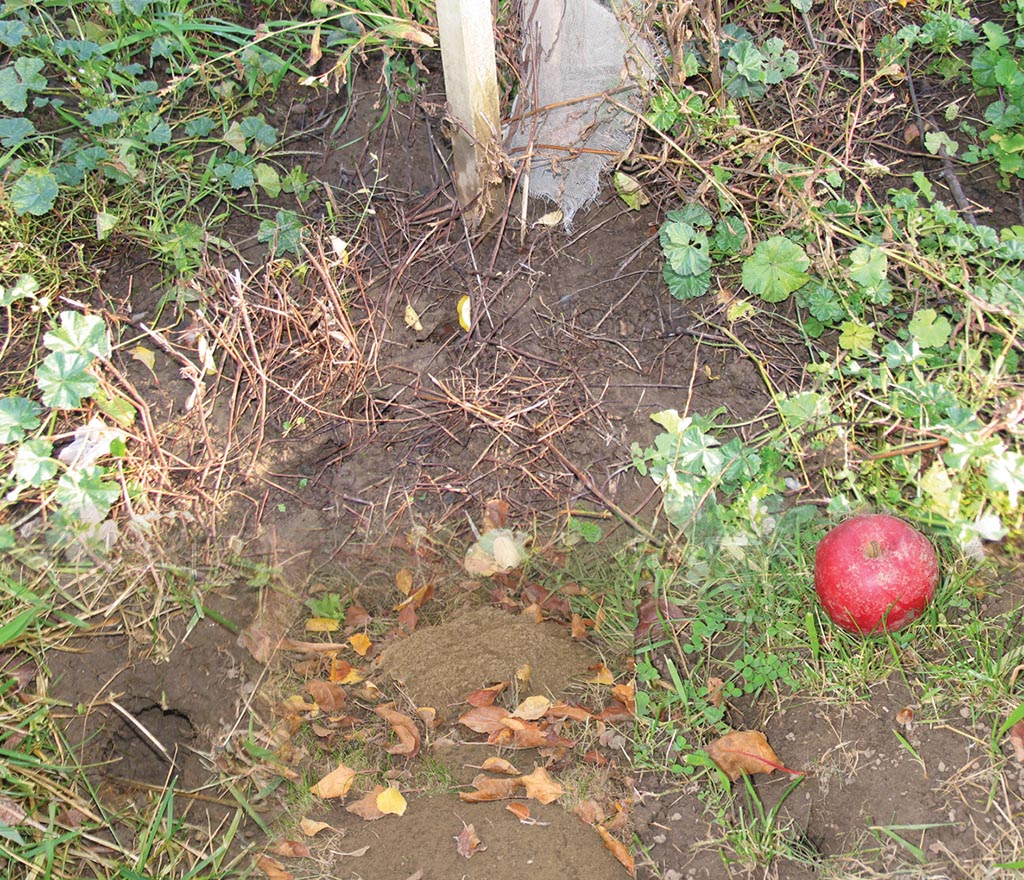
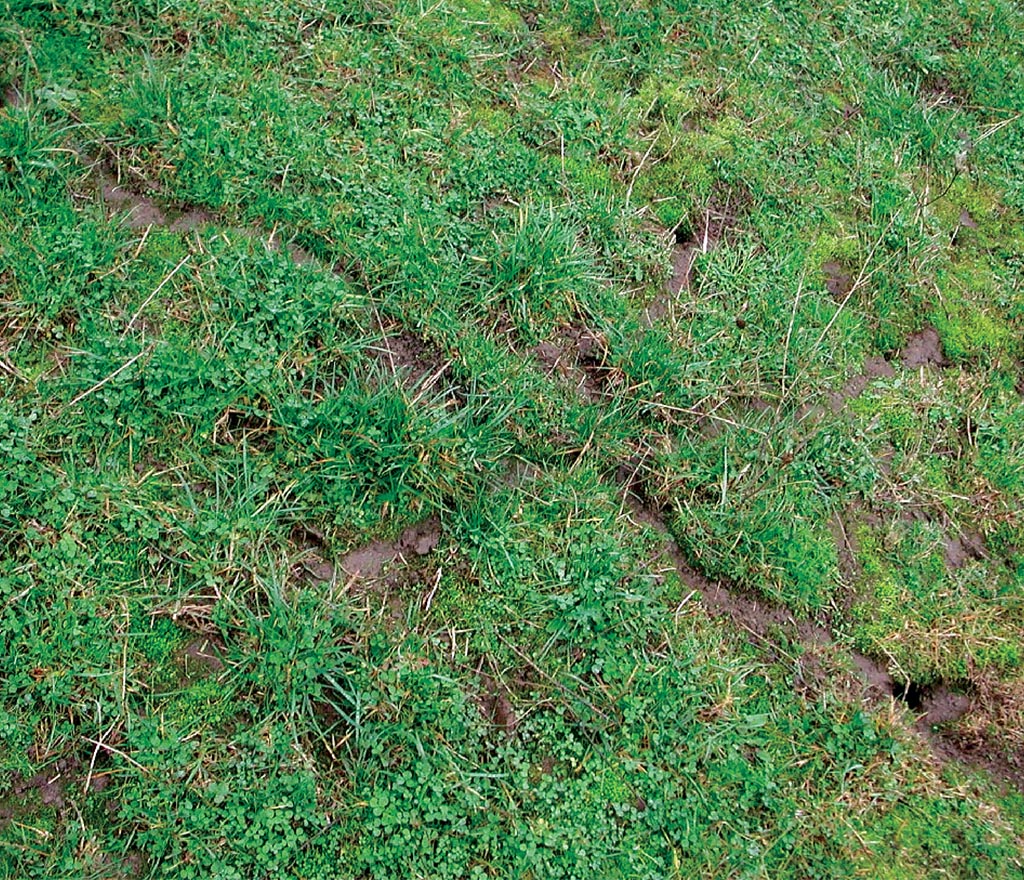
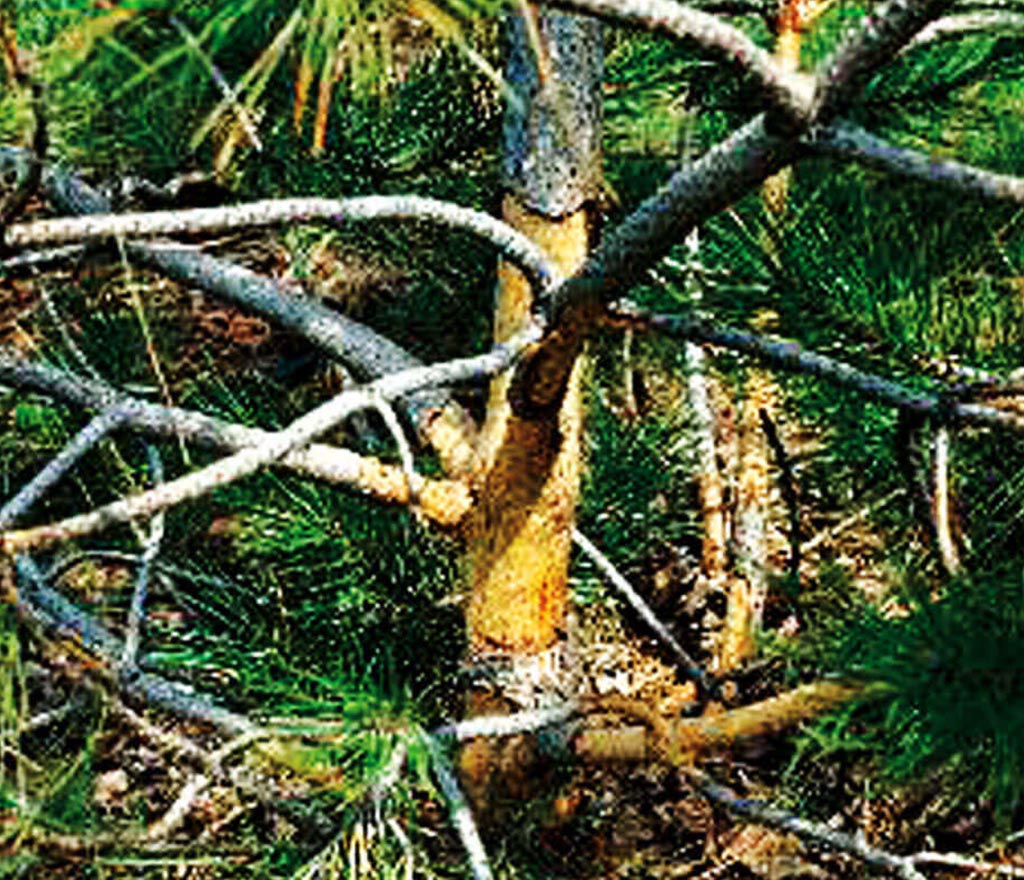
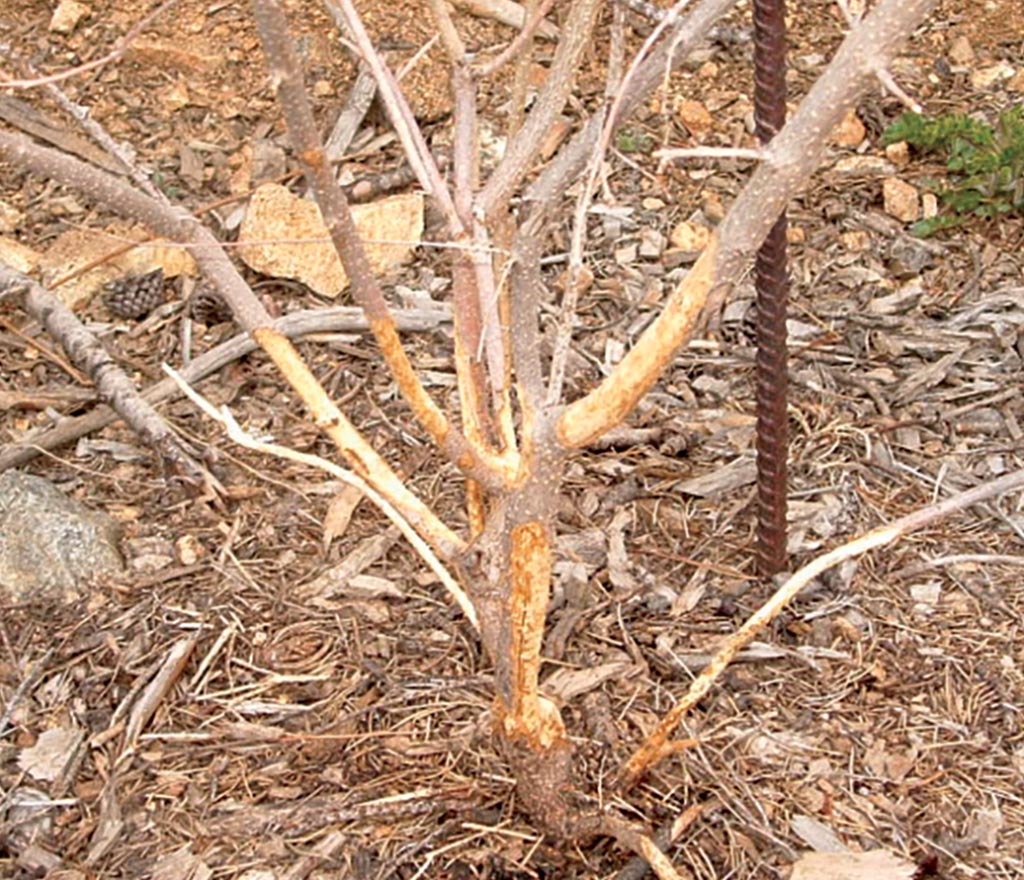
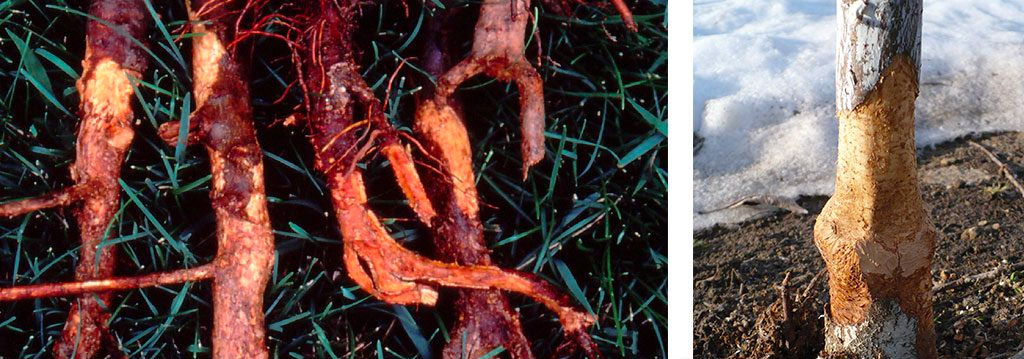
Alternative Methods of Vole Control
- Habitat Modification / Harborage Reduction – vole habitat and proliferation can be reduced by mowing and/or the use of herbicides to reduce protective cover, alternative food sources and increase opportunity for predation. Habitat reduction can also include removal of refuse, and post-harvest debris including fruit drops, which are attractive to voles.
- Wire mesh guards and plastic bands can be expensive and labor intensive to maintain. They may provide marginal protection against girdling, but do not protect against burrowing access and root damage.
- Repellents such as Thiram (a fungicide) and Capsaicin (the ingredient that makes chili peppers hot) have inconsistent data on effectiveness.
- Fumigants are usually not effective because the complexity and shallow depth of vole burrow systems allow fumigants to escape. They are also very costly.
- Anticoagulant rodenticides such as chlorophacinone (Ground Force) and diphacinone are commercial products when used for vole control.
- Zinc phosphide, an acute toxicant, is a commercial product when used to control voles. The rapid onset of symptoms can lead to poor bait acceptance and a sub-lethal dose, resulting in “bait shyness.” Zinc phosphide also quickly loses its effectiveness when it reacts with moisture such as dew or rain. Pre-baiting is recommended to increase bait acceptance. This can quickly add costly steps, wasting growers’ time and money.
Ground Force Usage Guide
Approved in all provinces.
Labeled Rate (voles):
- 12.5 kg./HA (11.1 lbs./acre), 2 applications, 20-60 day interval
- Maximum application rate per season (late fall until March 31): 25 kg./HA (22.3 lbs./acre)
Usage Segments
VOLES (Microtus spp.) Areas of Use - Voles: For the control of voles in orchards, nursery stock and ornamentals. Voles travel in well-defined surface trails or may make a shallow burrow and travel within the burrow system. Bait is to be broadcast or scattered in areas inhabited by voles. DO NOT place the bait in heaps or piles.
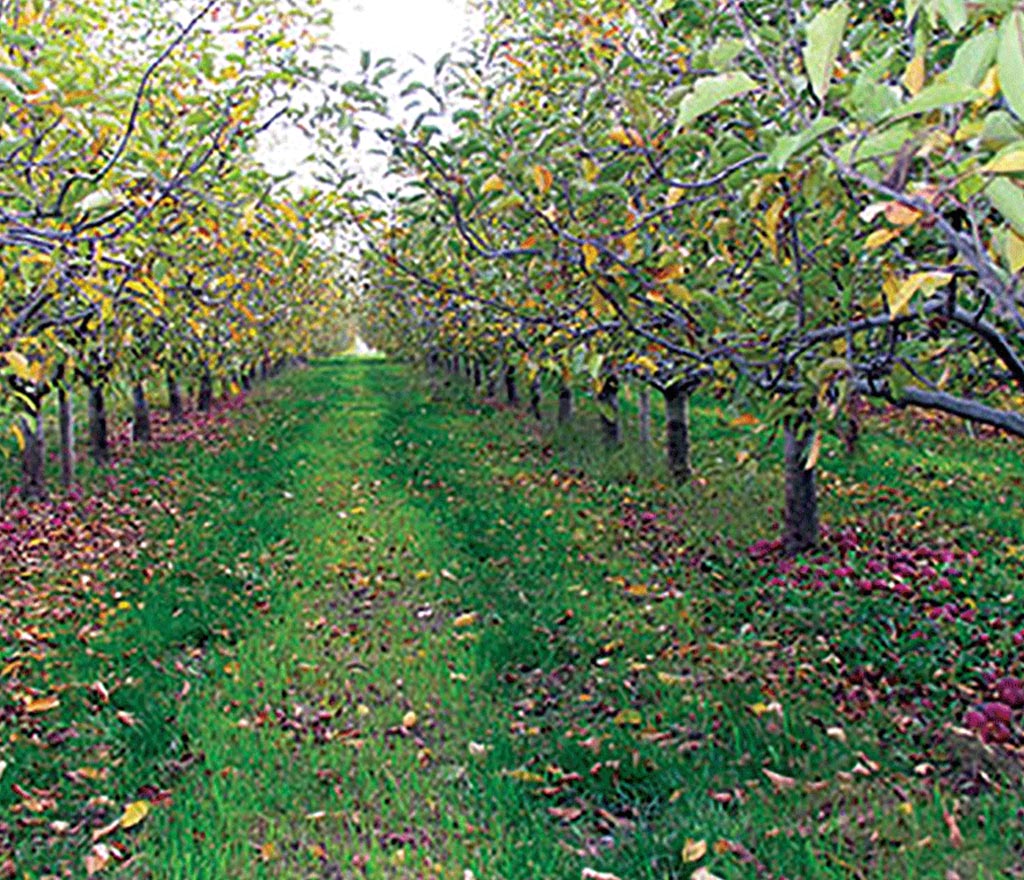
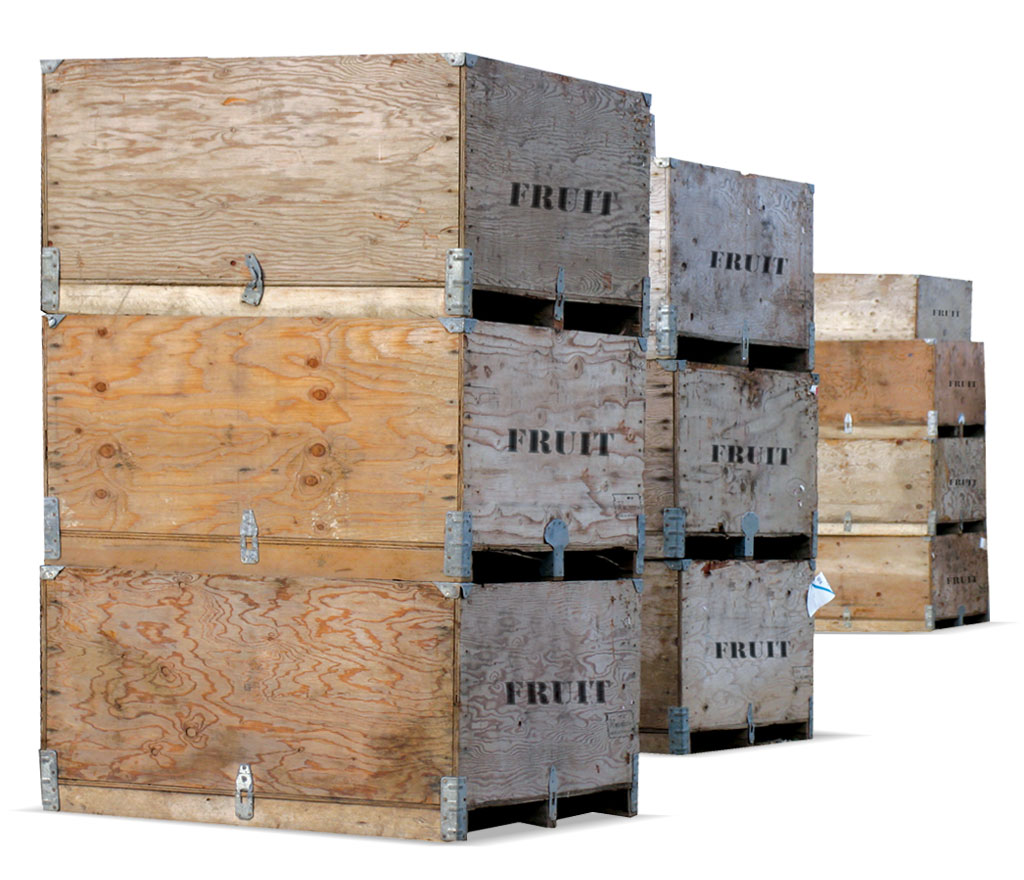
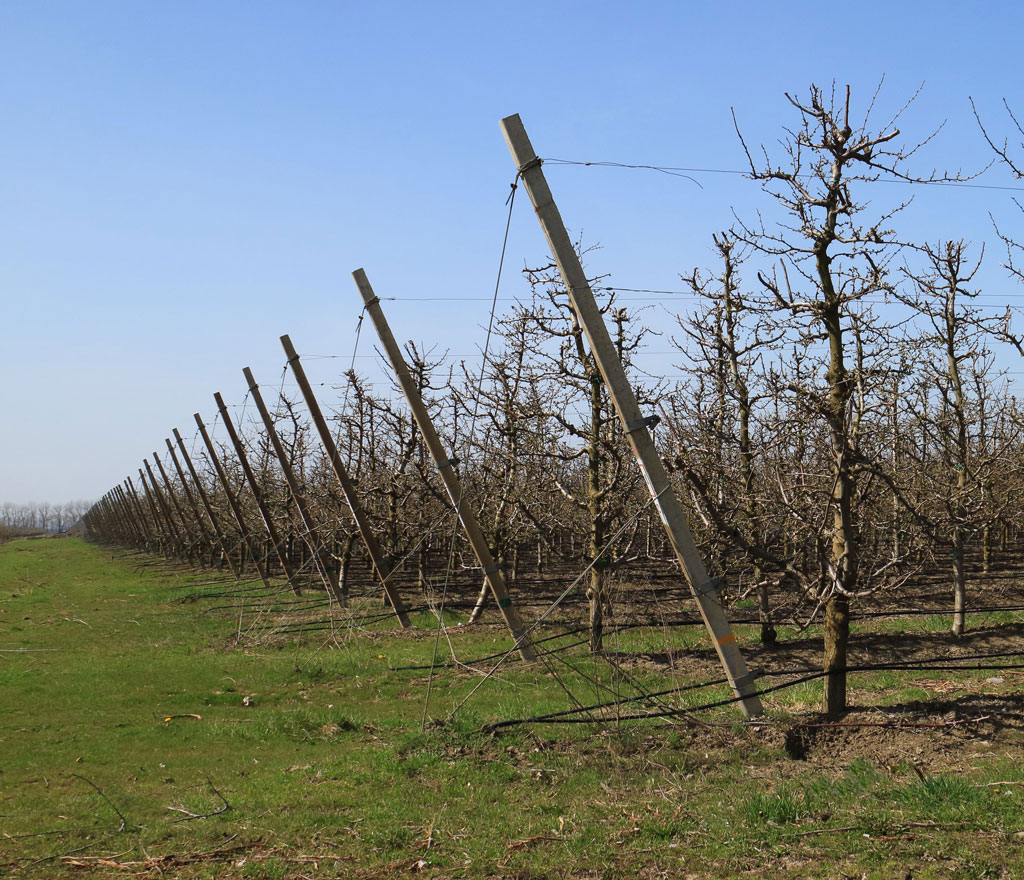
Application Directions - Bearing Orchards
Broadcast (mechanical or hand) at a rate of 12.5 kg per hectare (11.1 lbs. per acre). Do not apply until all fruit is harvested and all harvestable fruit is recovered. Bait before snowfall. Do not bait later than March 31. A second application can be made 20 - 60 days after the first application, but do not apply more than a total of 25 kg per hectare, per application season (late fall until March 31). Where possible, recover and bury vole carcasses.
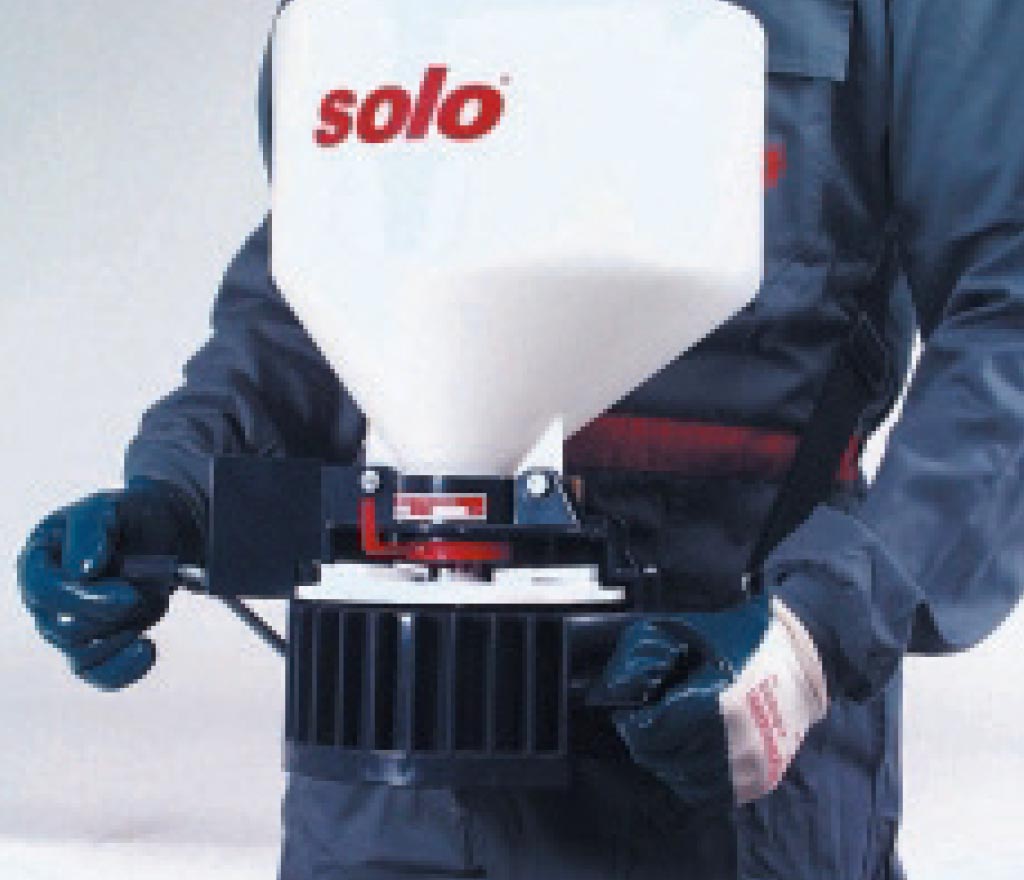
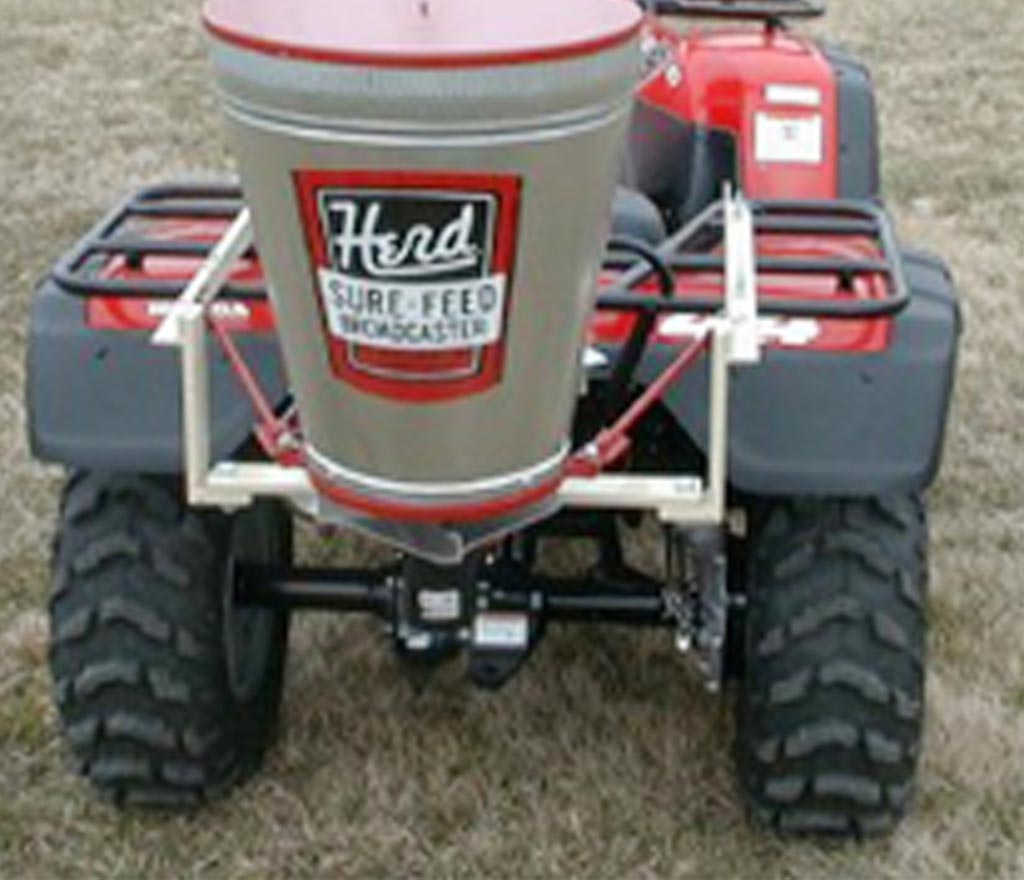
Application Directions - Non-Bearing Orchards, Nursery Stock and Ornamentals
Broadcast (mechanical or hand) at a rate of 12.5 kg per hectare (11.1 lbs. per acre). Bait before snowfall. A second application can be made 20 - 60 days after the first application. Where possible, recover and bury vole carcasses.
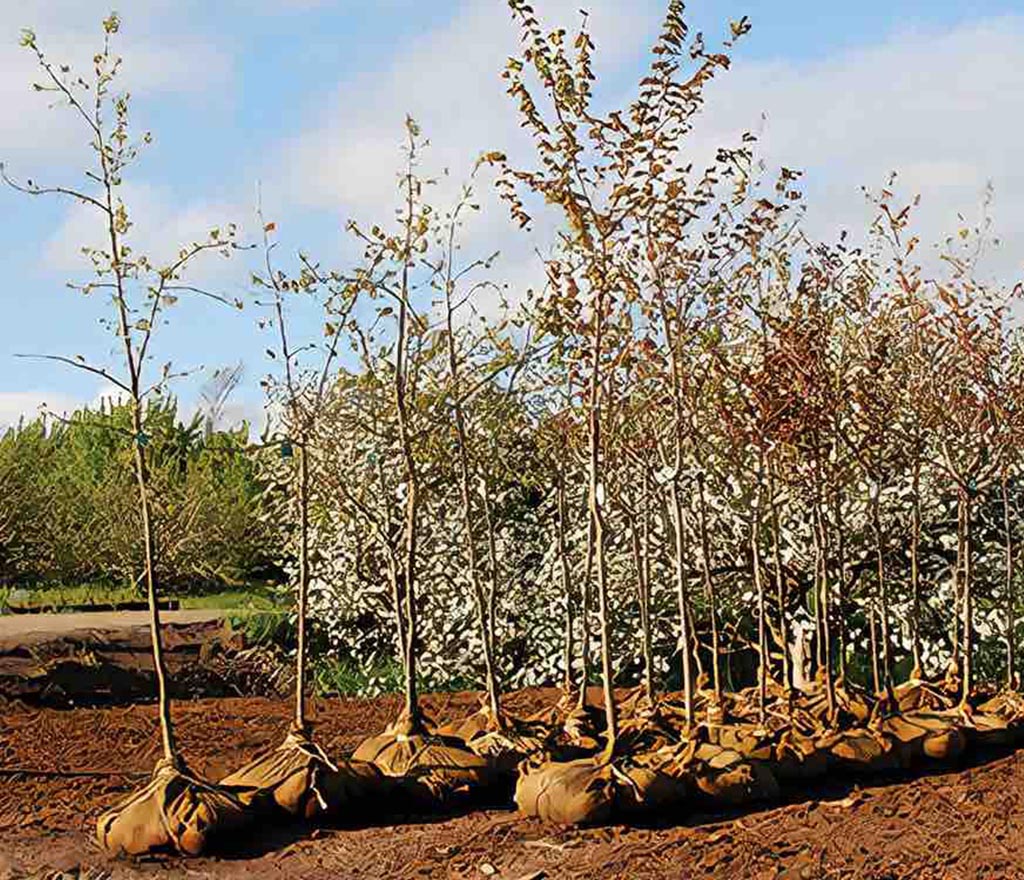
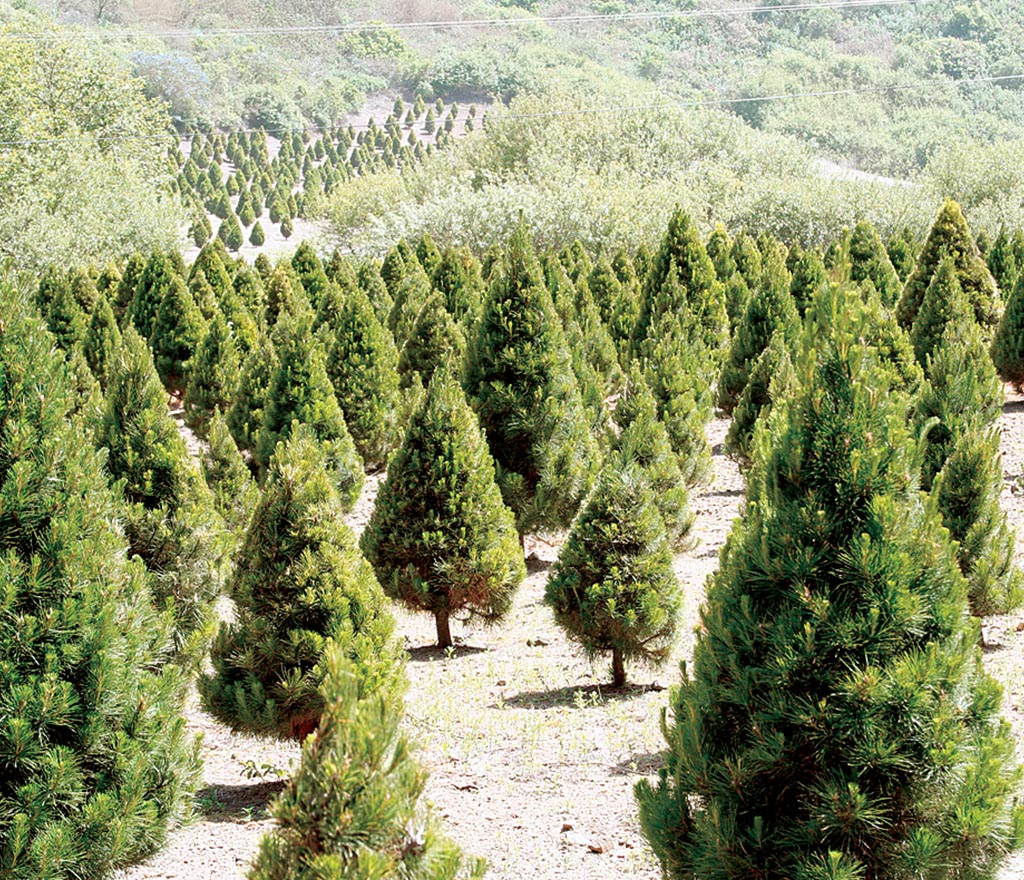
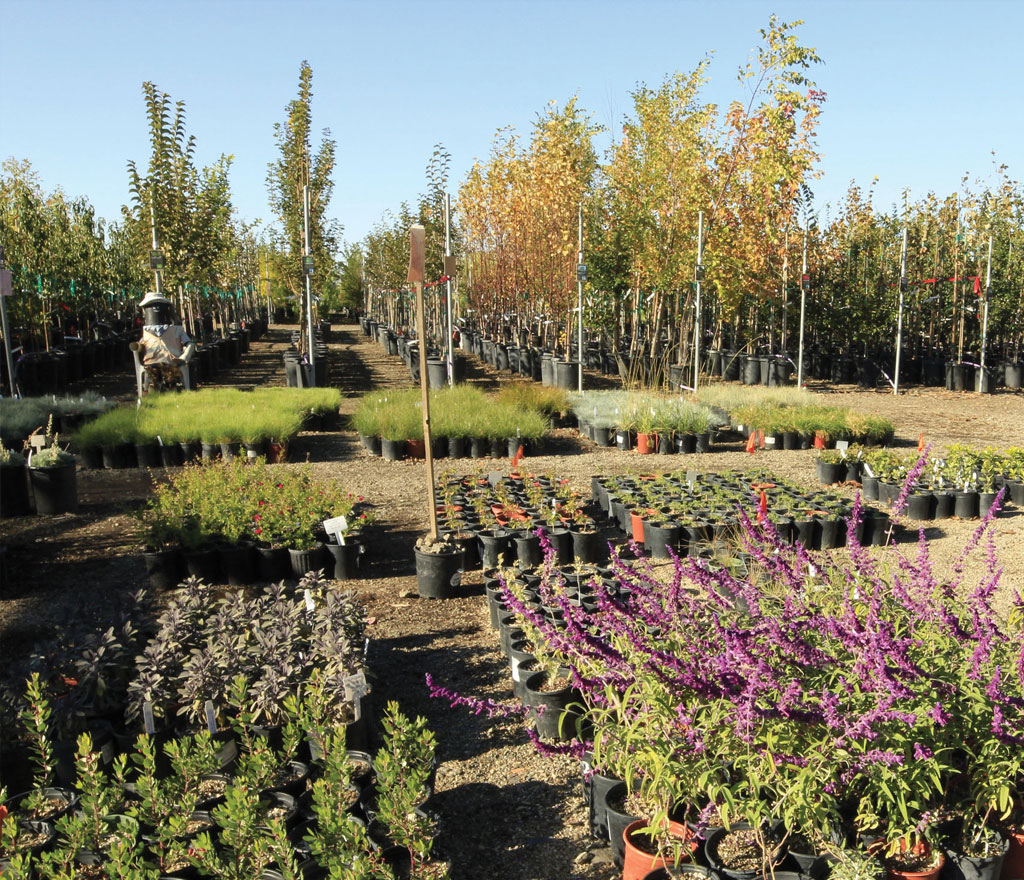
Specimen Label and Safety Data Sheet
| Label (Eng) | Label (Fr) | SDS (Eng) | SDS (Fr) |
|---|---|---|---|
| Ground Force (Eng) | Ground Force (Fr) | Ground Force (Eng) | Ground Force (Fr) |
Literature
